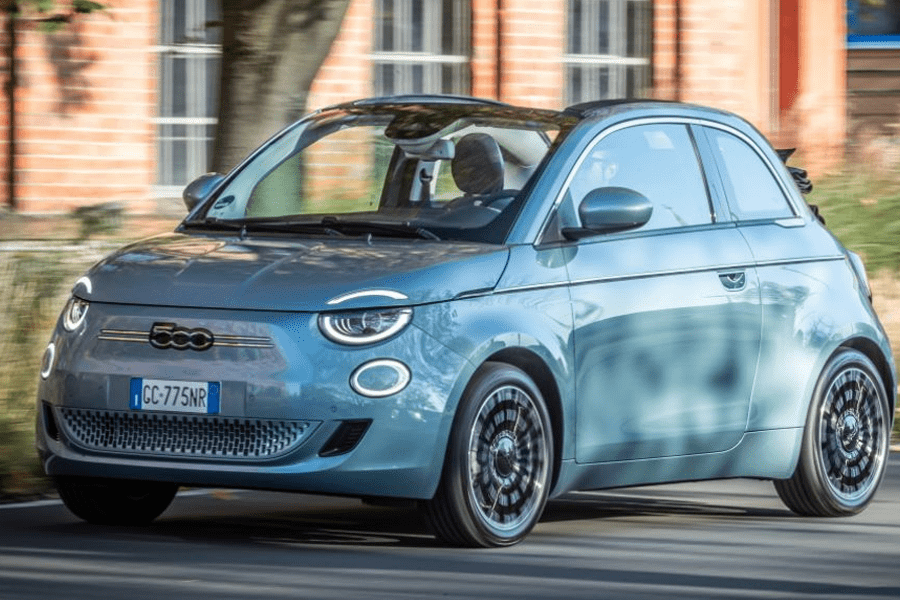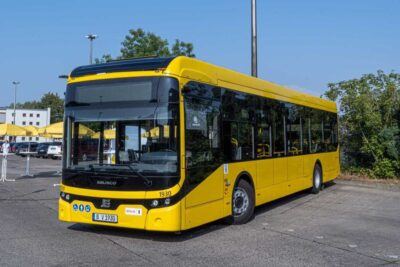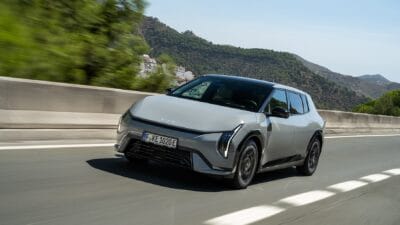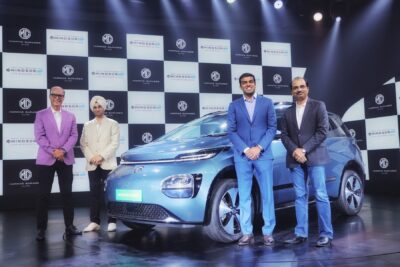Italy shuts down EV subsidy application portal after nine hours
At the beginning of February, the Italian government presented the key points for the 2024 environmental bonus in order to primarily target low-income households with particularly old cars. However, the total budget of 950 million euros was intended to subsidise not only purely electric cars, but also ‘vehicles with low pollutant emissions’, including economical combustion engines and hybrids.
A budget of 240 million euros was earmarked as a purchase premium for battery-electric cars. Within nine hours, however, so many applications for the EV subsidy programme had been received that the acceptance of applications had to be stopped again. However, it is not yet possible to say with certainty whether the entire budget has actually been allocated: The subsidy and, above all, the subsidy amount is linked to a number of conditions.
The maximum possible grant of 13,750 euros is unusually high, but can only be obtained in a few cases. This sum is only available to car buyers with an annual income of less than 30,000 euros who scrap an old Euro 2 car and buy a new car costing a maximum of 35,000 euros with CO2 emissions of less than 20 grams per kilometre – which is de facto only possible with an electric car. If such strict requirements are not met, a maximum subsidy of 6,000 euros is possible.
The other categories of the eco-bonus, i.e. up to 150 million euros budget for plug-in hybrids (officially 21 to 60 grams of CO2 per kilometre) or 403 million euros for full hybrids, mild hybrids and pure combustion engines with 61 to 135 g/km CO2 emissions, are still available. For fuel-efficient combustion engines and hybrids, the subsidy is capped at 3,000 euros per vehicle and is also linked to the scrapping of an old car. In the case of battery electric cars and plug-in hybrids, scrapping is optional, but has an impact on the amount of the subsidy. The subsidies for electric commercial vehicles in the N1 and N2 classes have also been allocated.
In Italy, the share of electric cars in all new registrations was 4.4 per cent, which is below average in a European comparison. This has already had an impact on car production in the country: the Fiat 500, which is actually in high demand in Italy, is now only available in an all-electric version – but Stellantis has repeatedly paused production due to low demand. Now the Fiat 500 could become one of the beneficiaries of the eco-bonus.
spiegel.de, rainews.it (in Italian), ecobonus.mise.gov.it (official website, in Italian)





0 Comments